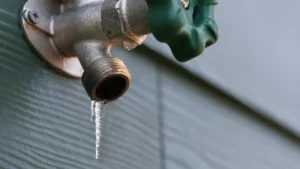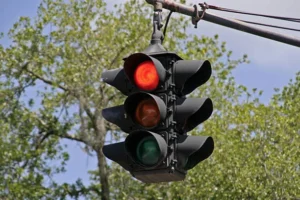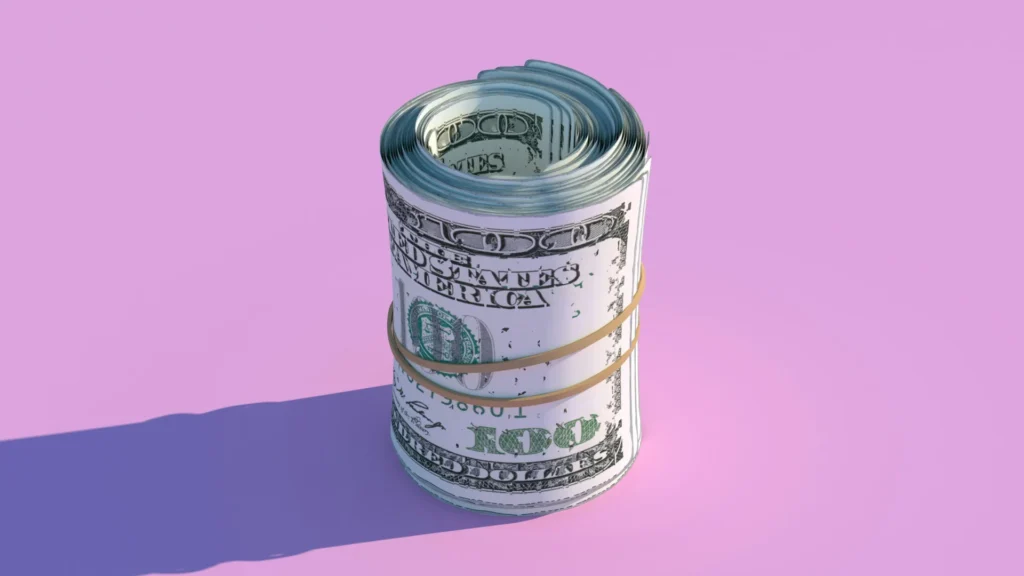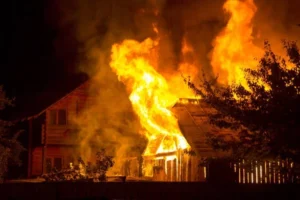Alaska lawmakers must address a growing deficit. Declining oil revenue left a projected $200 million shortfall for the next fiscal year. The Legislative Finance Division warned that additional spending on firefighting and public services could push the deficit past $300 million.
With limited options, legislators must decide whether to cut the Permanent Fund dividend or reduce school funding. Governor Mike Dunleavy proposed a budget with a full statutory PFD of approximately $3,900, requiring a $1.5 billion withdrawal from state savings.
Lawmakers resisted, arguing that spending from the Constitutional Budget Reserve would strain financial stability. Bethel Democratic Senator Lyman Hoffman stated, “There is no way that we can afford that.”
Republican Senator Bert Stedman called heavy CBR spending downright stupid, given weak oil revenue projections. Education remains a top priority, and lawmakers are debating a $500 million funding increase to compensate for years of inflation losses.
A bipartisan proposal suggests raising school funding over three years, but current revenue forecasts make full implementation unlikely. Dunleavy introduced an alternative plan allocating $181 million annually, including $60 million for teacher bonuses.
Democratic Representative Andy Josephson, who manages the House operating budget, warned that school districts remain in crisis. “We feel like we’re being austere by proposing $300 million,” he stated.
The PFD remains a contentious issue as lawmakers seek solutions to Alaska’s budget deficit crisis. The bipartisan Senate majority previously favoured a “75-25″ formula, directing most earnings to state services while keeping a smaller dividend. Under this method, this year’s PFD would be around $1,440, costing the state $850 million.
However, declining oil revenue may push lawmakers to consider a $1,000 PFD instead. With only a few revenue-raising options, lawmakers must decide whether to cut spending or tap savings. Alaska’s budget deficit crisis discussions will shape policies affecting education, infrastructure, and future dividends.
This news article was originally published by Anchorage Daily News.









